St. Catherine Labouré, trusting in God's love and compassion, you received the vision of the Miraculous Medal. Through your humility and faith, you shared this powerful symbol of hope with the world. Intercede for us, that we may live with faith, hope, and charity, and be drawn closer to the heart of Christ. May your example inspire us to trust in God's plan for our lives, and may we be blessed with the grace to serve Him faithfully. Amen.
ST. CATHERINE LABOURE (VIRGIN)
ST. CATHERINE LABOURE (VIRGIN)
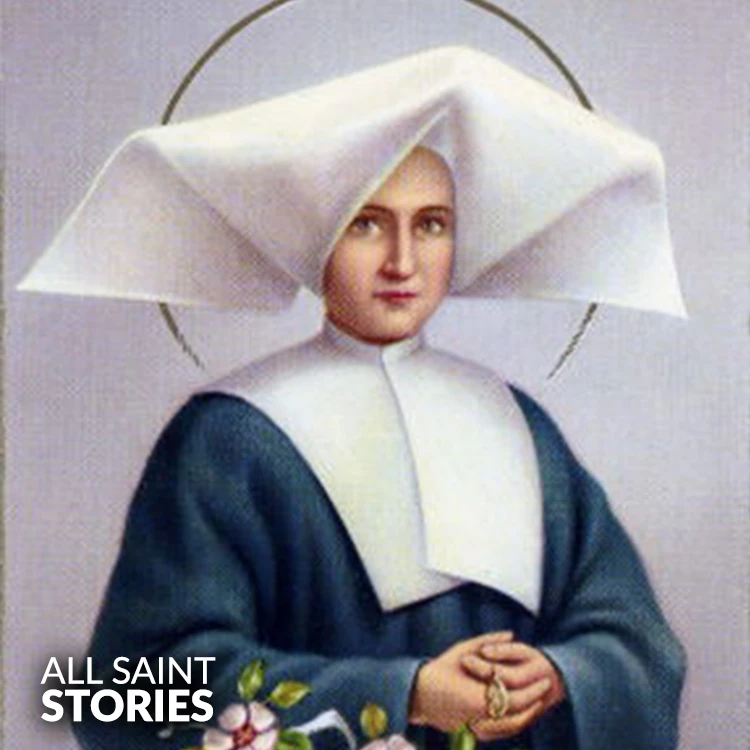
St. Catherine Labouré was a French nun and mystic who received visions of the Blessed Virgin Mary, leading to the creation of the Miraculous Medal. She lived a humble life of service, working with the sick and poor while remaining hidden from the world.
St. Catherine Labouré was born Zoe Labouré on May 2, 1806, in Fain-lès-Moutiers, France, to a devout Catholic family. She was the ninth of eleven children, and after her mother’s death when she was nine, she developed a deep devotion to the Blessed Virgin Mary.
At the age of 24, she joined the Daughters of Charity, a religious order founded by St. Vincent de Paul. While still a novice at the convent in Paris, she began experiencing mystical visions. On the night of July 18, 1830, she was awakened by a child who led her to the chapel, where she saw the Blessed Virgin Mary sitting on the altar. The Virgin told her, “God wishes to charge you with a mission.”
Later, in November 1830, the Virgin Mary appeared again, standing on a globe with rays of light streaming from her hands. Around her were the words: "O Mary, conceived without sin, pray for us who have recourse to thee." Mary instructed Catherine to have a medal made in this image, promising that those who wore it with faith would receive great graces. This became the Miraculous Medal, which quickly spread worldwide.
Catherine shared the Virgin's message with her confessor, who ensured the medals were made. However, Catherine remained unknown as the visionary for over 40 years, humbly serving as a caretaker for the elderly in her convent. She never sought recognition and lived a life of quiet humility and obedience.
She passed away on December 31, 1876, at the age of 70. When her body was exhumed in 1933, it was found incorrupt, a sign of her holiness. She was canonized by Pope Pius XII in 1947. Today, her body lies in the Chapel of Our Lady of the Miraculous Medal in Paris, a major pilgrimage site.
Video Not Found
The information on this website is compiled from various trusted sources. While we aim for accuracy, some details may be incomplete or contain discrepancies.
If you notice any errors or have additional information about this saint, please use the form on the left to share your suggestions. Your input helps us improve and maintain reliable content for everyone.
All submissions are reviewed carefully, and your personal details will remain confidential. Thank you for contributing to the accuracy and value of this resource.
Credits & Acknowledgments
- Anudina Visudhar (Malayalam) – Life of Saints for Everyday
by Msgr. Thomas Moothedan, M.A., D.D. - Saint Companions for Each Day
by A. J. M. Mausolfe & J. K. Mausolfe - US Catholic (Faith in Real Life) – Informational articles
- Wikipedia – General reference content and images
- Anastpaul.com – Saint images and reflections
- Pravachaka Sabdam (Malayalam) – Saint-related content and insights
We sincerely thank these authors and platforms for their valuable contributions. If we have unintentionally missed any attribution, please notify us, and we will make the correction promptly.
If you have any suggestion about ST. CATHERINE LABOURE (VIRGIN)
Your suggestion will help improve the information about this saint. Your details will not be disclosed anywhere.
© 2025 Copyright @ www.allsaintstories.com

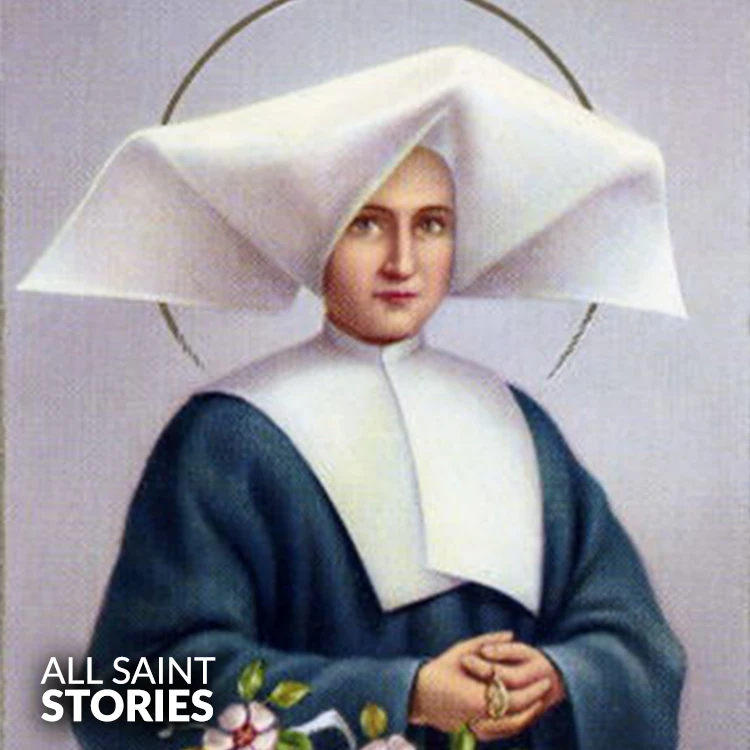

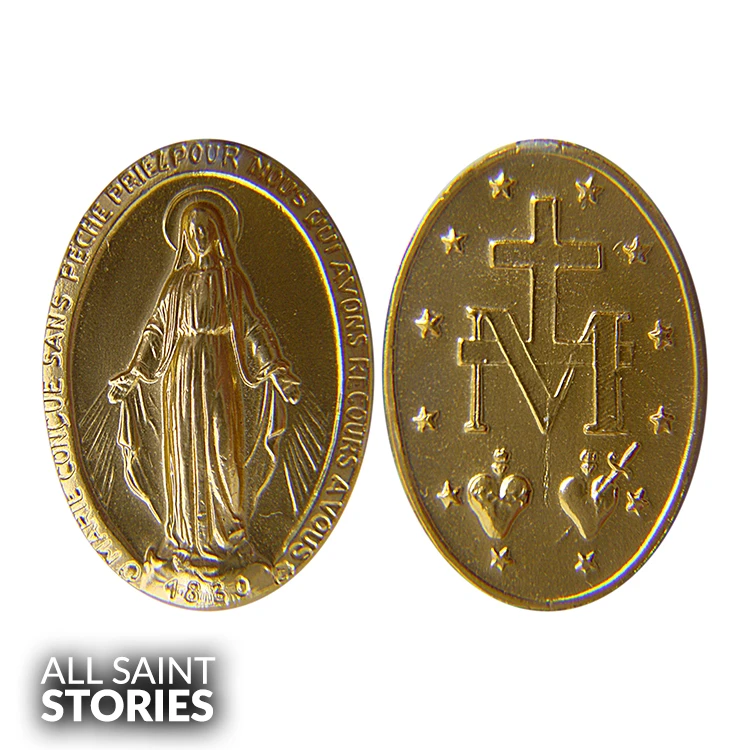
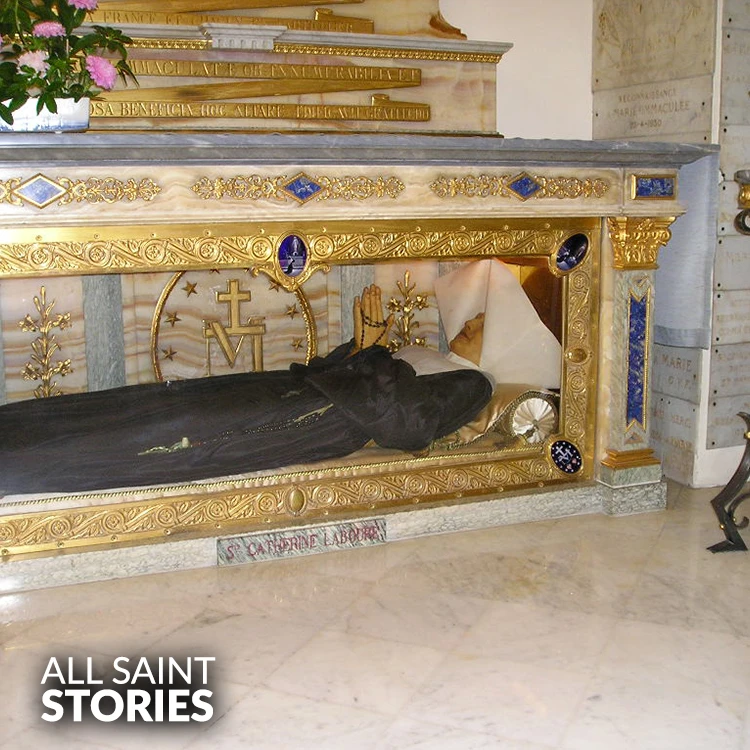
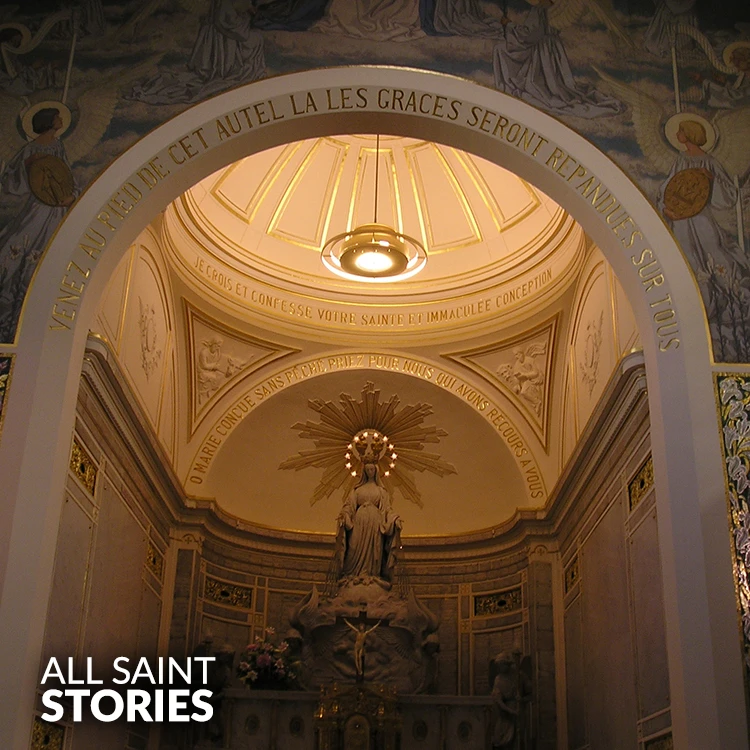
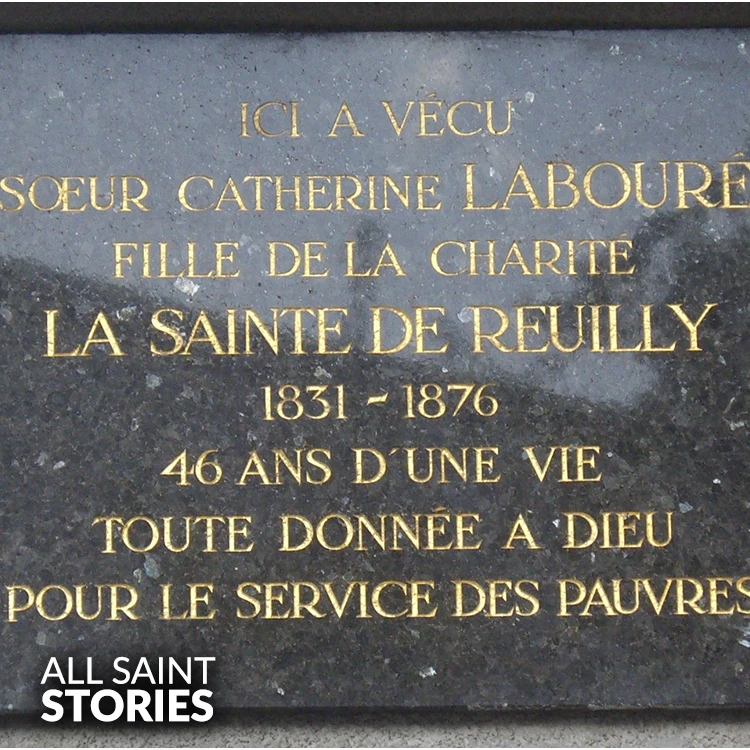
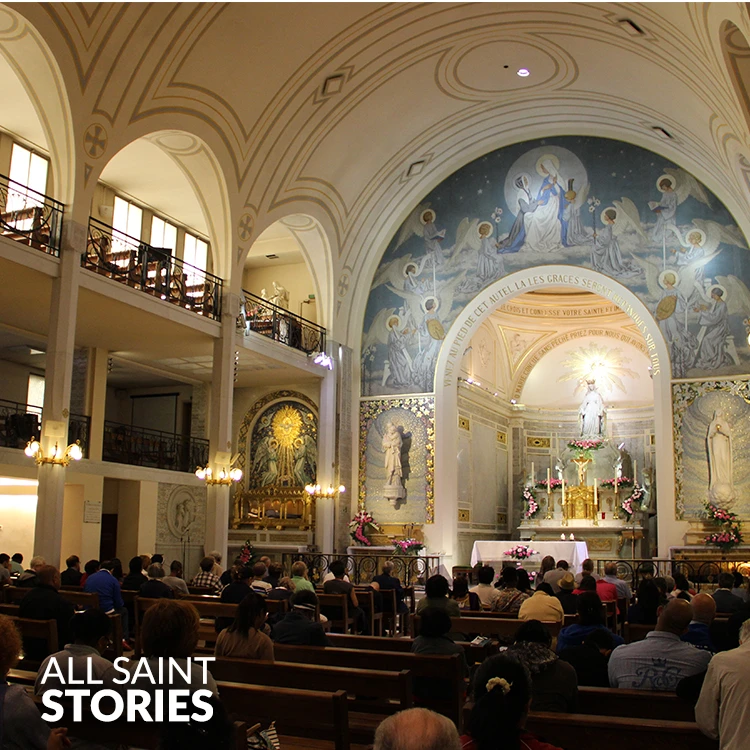
 English
English
 Italian
Italian
 French
French
 Spanish
Spanish
 Malayalam
Malayalam
 Russian
Russian
 Korean
Korean
 Sinhala
Sinhala
 Japanese
Japanese
 Arabic
Arabic
 Portuguese
Portuguese
 Bantu
Bantu
 Greek
Greek
 German
German
 Dutch
Dutch
 Filipino
Filipino